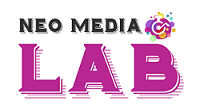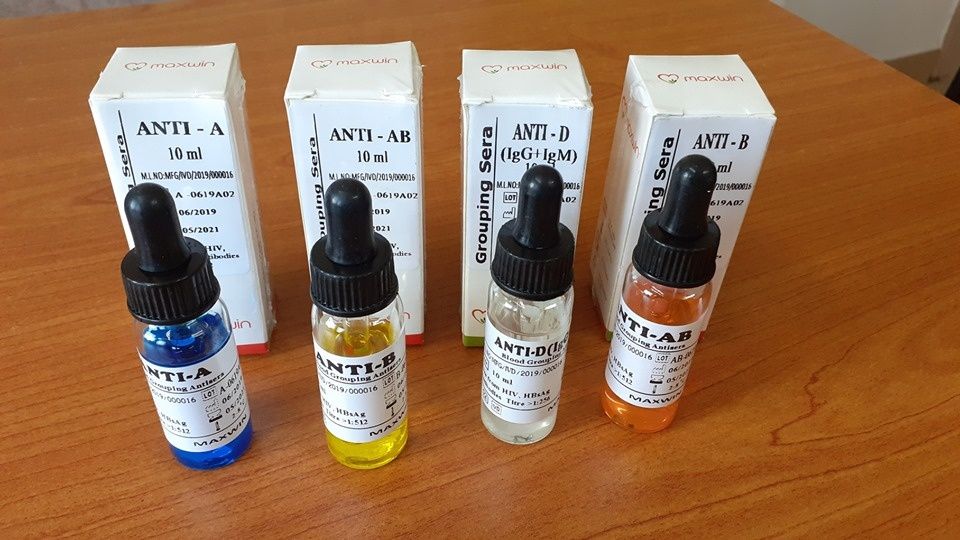Before 1901, it was a common notion that all blood was similar. It was an Austrian scientist named Karl Landsteiner who discovered the major blood groups which put an end to the tragic death during a blood transfusion. From a layman’s point of view, blood looks the same and contains similar factors i.e. plasma, Red Blood Corpuscles (RBC), White Blood Corpuscles (WBC), and platelets. However, blood has a different and unique combination of protein molecules. These protein molecules are referred to as antigens and antibodies.
Based on the existing antigen category, the blood group of a person is determined. There are four major blood groups with eight variations. Before the blood group test, let us first understand the types of blood group and their variations.
Blood Group: Types and Variations
The four major blood groups are:
- Blood Group A: A blood group with “A” type of antigen and “B” type of antibody
- Blood Group B: A blood group with “B” type of antigen and “A” type of antibody
- Blood Group AB: A blood group with both “A” and “B” types of antigens without any antibody
- Blood Group O: A blood group with no antigens but both “A” and “B” types of antibodies
It is extremely important that blood groups should match during a blood transfusion. In other words, a patient with blood group A must be given external support from blood group A. mixing blood groups lead to clotting and clumping of blood finally leading the patient to a slow and painful death.
The variations in blood types are dependent on the presence of the Rh factor. Rh factor is a specific type of protein that was first observed in the Rhesus monkeys (this is why it is named Rh). If you have this Rh protein, your blood type is considered to be Rh-positive and if you do not have the protein, it is referred to as Rh-negative.
Now, by combining your blood group with the Rh factor, the exact blood type is determined. For instance, if you have blood group A and you have the Rh factor in the blood, your blood type is referred to as A positive (A+). Similarly, if your blood group is B and you do not have the Rh factor in the blood, your blood type is translated as B negative (B-).
Therefore, the common types of blood are:
- A positive (A+)
- A negative (A-)
- B positive (B+)
- B negative (B-)
- AB positive (AB+)
- AB negative (AB-)
- O positive (O+)
- O negative (O-)
Blood Group Test
You must have seen that modern ID cards comprise a special column on Blood Type. In case of an emergency, if a blood transfusion is required, the information on your blood type is absolutely necessary. As we had discussed in the last segment, not all blood groups are compatible with each other. Only similar blood types complement each other i.e. no clotting or coagulation (in medical terms) takes place.
This is why knowing your blood group is so important. You will be surprised to know that you can perform a comprehensive blood group test at home. Blood group testing kits are available in most medical stores. All you need to know is the fundamentals of blood grouping. First, take a drop of blood using a lancet (available with the kit) and then apply it to different types as mentioned in the blood group card.
Conclusion
Blood grouping reagents are the factors such as the Rh factor that play an instrumental role in determining the matching and mismatching blood types. Thorough knowledge of your blood type could save you from life-threatening circumstances. Get your blood group test done and determine your blood type today to safeguard your future.
You may also like
-
Embrace the Essence of the North: Experience Clean Nicotine with Premium Nordic Spirit
-
Discover Treatment Options For Adderall Addiction in Houston, TX
-
How does body chemistry impact your response to HHC gummies?
-
Role of synthetic urine kits in laboratory calibration
-
How can nutrition support anabolic steroid results?


